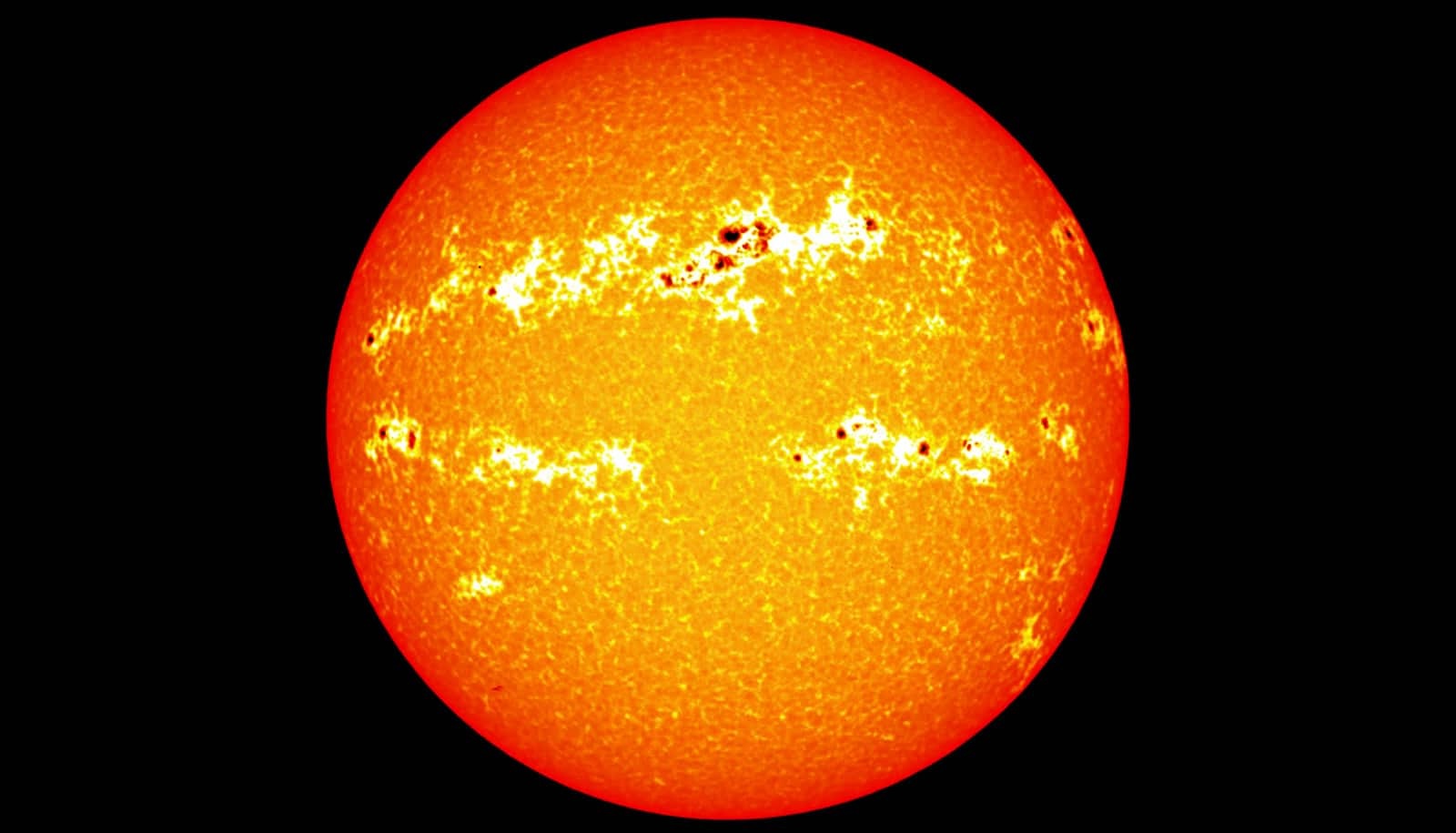
What are faculae? Faculae are bright spots on the Sun's surface, often seen near sunspots. These luminous patches are caused by concentrations of magnetic fields that are hotter than the surrounding areas. Why are they important? Faculae play a crucial role in solar activity, affecting the Sun's brightness and, consequently, Earth's climate. How do they form? They form when magnetic fields rise from the Sun's interior, breaking through the surface. Can we see them from Earth? Yes, but they are best observed using specialized solar telescopes. Why should we care? Understanding faculae helps scientists predict solar cycles and space weather, which can impact satellite communications and power grids.
What Are Faculae?
Faculae are bright spots on the Sun's surface, often associated with sunspots. These fascinating features play a crucial role in solar activity and have intrigued scientists for centuries. Let's dive into some intriguing facts about faculae.
The Basics of Faculae
Understanding the fundamental aspects of faculae helps grasp their significance in solar phenomena.
- Faculae are bright regions on the Sun's photosphere, often appearing near sunspots.
- They are more visible near the Sun's limb, where the line of sight is tangential to the surface.
- Faculae are caused by concentrations of magnetic fields that are less intense than those in sunspots.
- They contribute to the Sun's overall brightness, especially during periods of high solar activity.
- Faculae can last for several days to weeks, depending on the stability of the magnetic fields.
How Faculae Affect Solar Activity
Faculae play a significant role in the Sun's behavior and its impact on Earth.
- They are closely linked to the solar cycle, which lasts about 11 years.
- During solar maximum, the number of faculae increases, leading to higher solar irradiance.
- Faculae contribute to the Sun's total solar irradiance (TSI), affecting Earth's climate.
- They can influence space weather, impacting satellite operations and communication systems.
- Faculae are often found in active regions, areas with intense magnetic activity on the Sun.
Observing Faculae
Studying faculae requires advanced technology and careful observation.
- Faculae are best observed using specialized solar telescopes equipped with filters.
- The Solar and Heliospheric Observatory (SOHO) has provided valuable data on faculae since its launch in 1995.
- The Solar Dynamics Observatory (SDO) captures high-resolution images of faculae, helping scientists study their properties.
- Ground-based observatories, like the Big Bear Solar Observatory, also contribute to faculae research.
- Amateur astronomers can observe faculae using solar filters and telescopes, though caution is necessary to avoid eye damage.
Historical Perspectives on Faculae
Faculae have been observed and studied for centuries, contributing to our understanding of the Sun.
- Galileo Galilei was among the first to observe faculae in the early 17th century.
- Early astronomers used simple telescopes to sketch faculae and sunspots, documenting solar activity.
- The term "faculae" comes from the Latin word for "little torch," reflecting their bright appearance.
- In the 19th century, scientists began to understand the magnetic nature of faculae.
- Modern technology has allowed for more detailed and accurate observations of faculae.
The Science Behind Faculae
Delving into the scientific principles that explain faculae reveals their complexity.
- Faculae form in regions where magnetic fields are concentrated but not strong enough to form sunspots.
- The bright appearance of faculae is due to the heating of the photosphere by magnetic fields.
- Faculae are often associated with plages, bright areas in the chromosphere above sunspots.
- The study of faculae helps scientists understand the Sun's magnetic field and its dynamics.
- Faculae can provide insights into the processes that drive solar flares and coronal mass ejections.
Fascinating Facts About Faculae
Here are some additional intriguing tidbits about these solar features.
- Faculae can be found on other stars, not just our Sun.
- They are more prominent in stars with higher magnetic activity.
- The study of faculae on other stars helps astronomers understand stellar magnetic activity.
- Faculae play a role in the Sun's energy output, influencing the solar constant, which affects Earth's climate.
Bright Spots in Our Knowledge
Faculae, those bright spots on the Sun, are more than just pretty sights. They play a big role in understanding solar activity and its impact on Earth. By studying faculae, scientists can predict space weather, which helps protect satellites and power grids. These bright areas also give clues about the Sun's magnetic field and its cycles.
Knowing about faculae isn't just for scientists. It helps everyone understand how the Sun affects our daily lives. From beautiful auroras to potential disruptions in technology, the Sun's activity matters. So next time you see a picture of the Sun, remember those bright spots are more than just light—they're keys to unlocking the mysteries of our solar system. Keep looking up and stay curious!
Was this page helpful?
Our commitment to delivering trustworthy and engaging content is at the heart of what we do. Each fact on our site is contributed by real users like you, bringing a wealth of diverse insights and information. To ensure the highest standards of accuracy and reliability, our dedicated editors meticulously review each submission. This process guarantees that the facts we share are not only fascinating but also credible. Trust in our commitment to quality and authenticity as you explore and learn with us.
